
The Certified Scrum Master certification focuses on the scrum framework and understanding team accountabilities, scrum events, and artifacts.

Sales requests are a critical source of information and it’s dangerous to shut down requests because they don’t align with product strategy.

We sit down with Shibu Mathew to talk about identifying and defining new markets through iterative learning and experimentation.
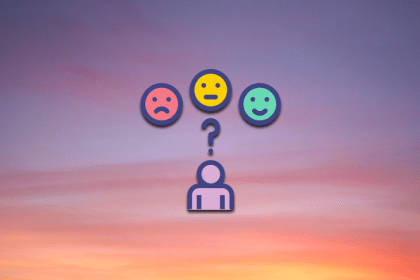
You don’t want customers to have to find your product. Instead, you want them to be part of its evolution from the start.
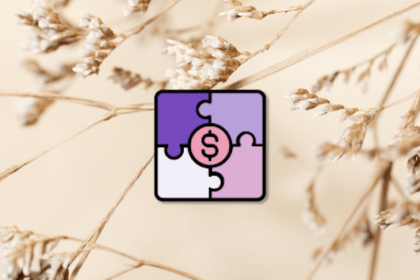
A value proposition is what you expect to be the reason why customers will choose your product or service over another.
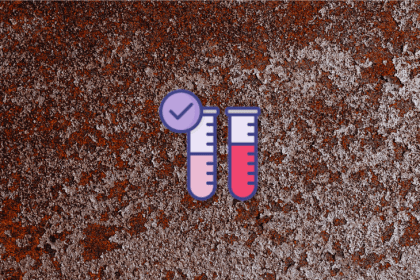
A needs assessment is a systematic process used to identify, analyze, and evaluate gaps between the current and desired situation.

Transformational leadership centers on inspiring and motivating people to achieve a definitive, positive change that solves a bigger problem.
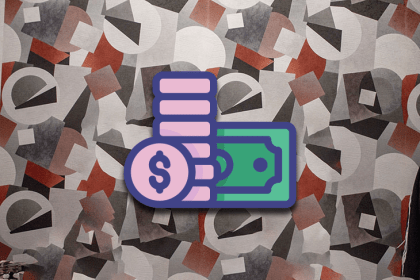
Business value is important because you want to ensure that you deliver on customer experience while focusing on areas that will drive the business forward.

The Johari window is a psychological framework for identifying perceived attitudes, behavior, and habits of employees.

Secondment is a neat way to pilot a specific role or career without having to go all-in to it right away.

The customer experience entails the holistic experience that a user has with your product, until they solve their specific use case.
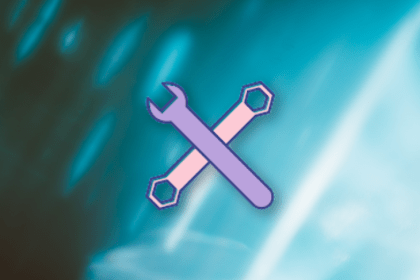
Over the last decade, I’ve had the chance to be a product manager in different organizations, from start-ups to well-established companies.